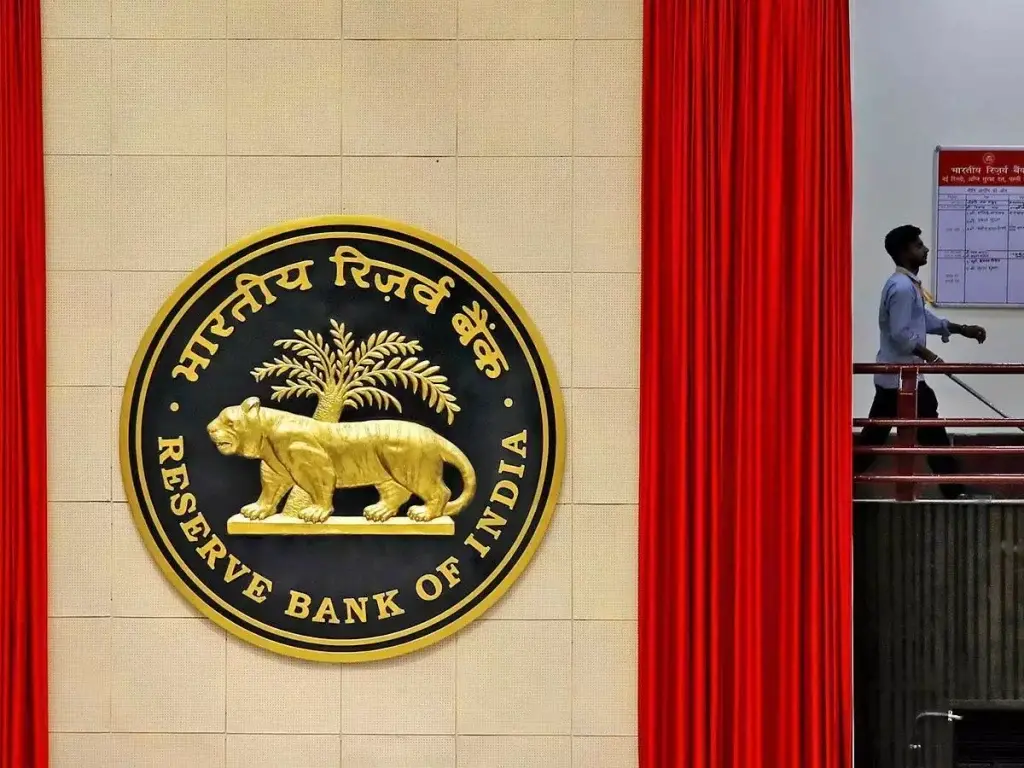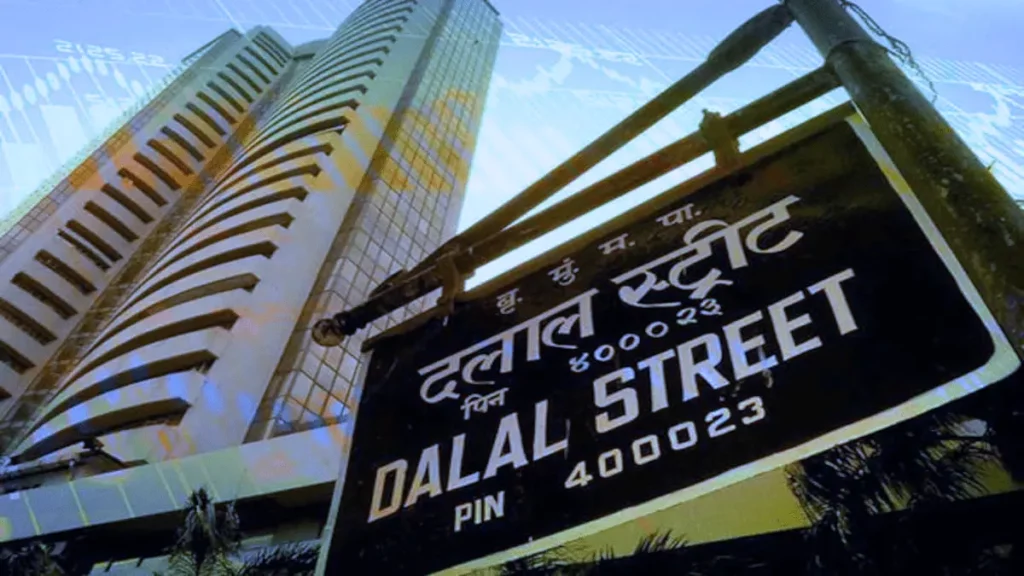T Rabi Sankar, Deputy Governor of the Reserve Bank of India, said on Thursday that the launch of India’s first digital currency requires a sophisticated and calibrated approach because it will have multiple ramifications for the economy and monetary policy.
In 2022-23, the RBI plans to release a central bank-backed digital money based on blockchain technology.
”Given a large number of uncertainties in terms of which model works, which design works well in terms of its impact on the banking system, on data privacy on monetary policy, I think almost all central banks and we are no exception will probably go in for a very careful and calibrated nuanced manner,” he said at an event organised by ICRIER.
He claims that the most important learning comes from personal experience rather than global experience.
Observing that one of the principles for introduction of any technologies, especially for a central bank, is that it should ”do no harm”, he said, ”I think central banks would go about it in a very calibrated, graduated manner, assessing impact all along the line and then making those connections with what is most demanded.” He said the RBI in India considers Central Bank Digital Currency (CBDC) to be just the electronic equivalent of paper money and does not differentiate it from it.
He stated that, in addition to the economic and distributional efficiency that CBDC will provide, the second driver for its implementation is settlement efficiency.
He claims that it will dramatically reduce the time it takes for cross-border transactions and make them real-time.


